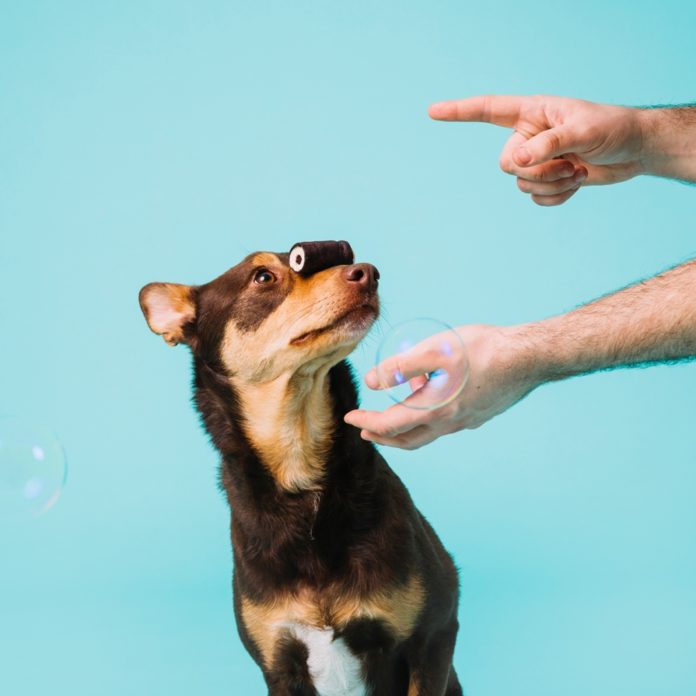Just as sometimes the behavior of our children can reflect on us, so can the behavior of our pets. While most of us do not expect our younger children to attend a formal event or sit quietly through a six-course meal, we can give them some tools to cope with the situation should it arrive? Why not do the same for our dogs? Use every opportunity to socialize your puppy or older dogs adopted later in life.
Some dogs are rarely taken in the car and may find the experience extremely stressful. Introduce your pet to car rides early with very short trips even around the block. Don’t let every trip end at the veterinary clinic or grooming salon. Try to go to fun activities…a walk in the country or to the park to play fetch. Hop out of the car with your pet and maybe ask a stranger to give your pet a treat.
Remember if your pet is fearful, there are many trainers and training facilities offering socialization activities in a more controlled environment or even behaviorists to assist you if the problem is severe. Keep the safety of others in mind. Use the appropriate leash or harness for your pet’s anxiety or exuberance.
Most veterinary clinic staff are only too happy to have you drop in with your pet for a treat and a weigh-in. A few visits that only involve a cuddle instead of a physical examination go a long way to changing a dog’s attitude. Many grooming salons also offer puppy visits with only a little trim and a treat. Wow, strange new places are starting to look good!
Virtually all dogs will need to be crated or kenneled at least once in their lives; for veterinary visits for surgery, for travel or to stay in a kennel, in a family emergency, or at the grooming salon. Animals that have never been crated can panic even to the point of hurting themselves. Pets that have been crate trained, even for a few short months as a puppy, will deal with being caged more easily throughout their lives.
A dog owner that cannot handle his pet puts his pet in jeopardy as any type of examination or treatment becomes more difficult and stressful. Make examinations with your puppy a game. Start with just acquainting your dog to being restrained. This includes holding the mouth shut briefly to stop panting. Open your pet’s mouth and eyes, look in the ears, handle each paw, and lift the tail. Not only does this make both the veterinarian’s and the groomer’s job easier, it also makes it more likely you will detect lumps and bumps or other problems earlier and be able to handle your pet in an emergency. If you are reluctant to learn to cut nails, just desensitize your pet by handling the paws and clicking your nails on his nails.
Some people have told me their pets do not need outside training because they are fine at home. I think this is a recipe for potential disaster. I walk my dogs across storm drains in the street, downtown, onto buses and LRT trains, to pet stores, home improvement stores, anywhere else my imagination comes up with. I carry treats so people of all shapes and ages can teach my pet to welcome strangers. Dogs exposed to strange and unusual circumstances as young animals, or even as older adoptees, learn to cope with any and all situations that come their way making them “good canine citizens”.









